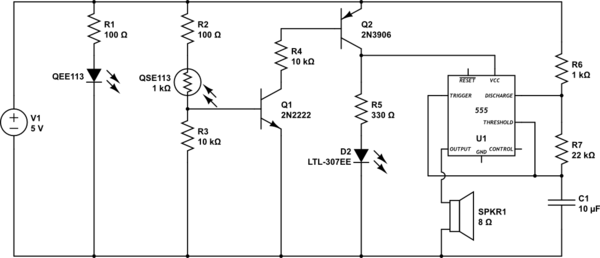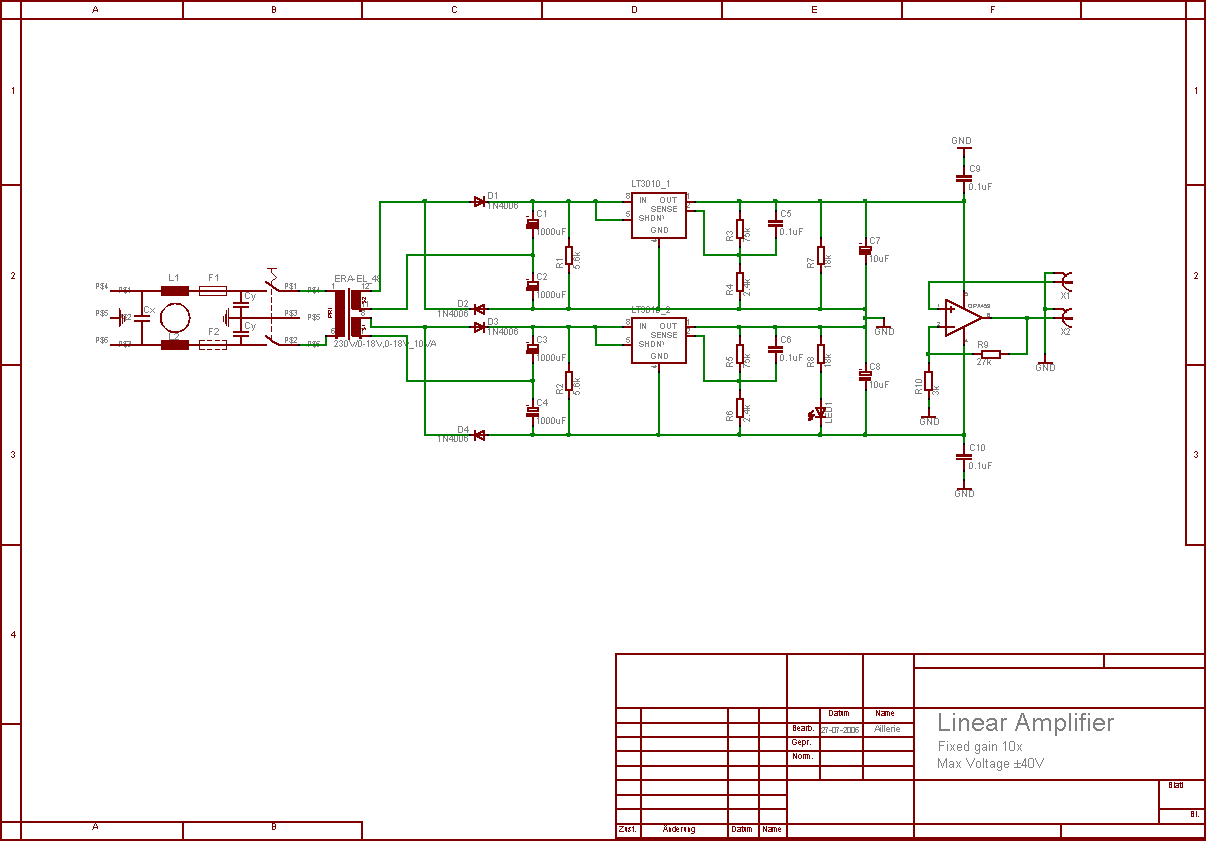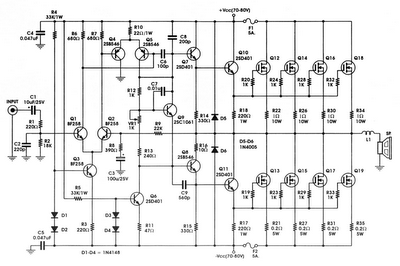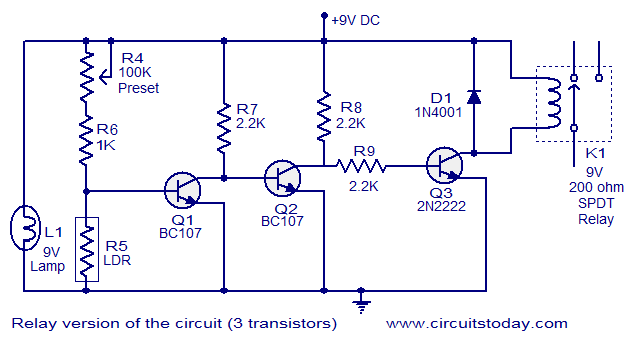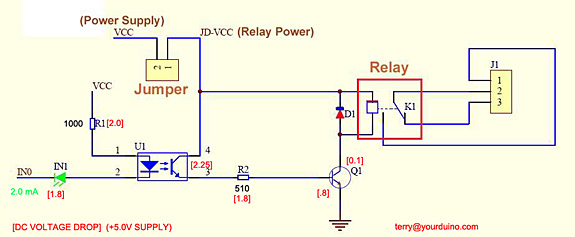
Relay Timer switch circuit
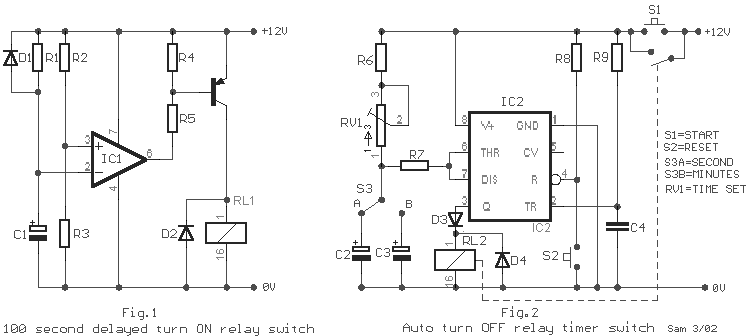
A relay (RL1) is activated with a 100-second delay when a +12V power supply is connected to the circuit. Figure 2 illustrates a relay timer circuit utilizing a 555 timer, featuring two time ranges: 6-60 seconds and 1-10 minutes for automatic turn-off.
The circuit described employs a 555 timer IC configured in a monostable mode to create a delay function. When the circuit is powered with a +12V supply, the timer initiates a countdown for 100 seconds, after which it energizes relay RL1, allowing it to close its contacts and complete a secondary circuit.
For the timer circuit depicted in Figure 2, the 555 timer can be adjusted to provide two selectable time ranges. The first range allows for delays from 6 to 60 seconds, while the second range extends the delay from 1 to 10 minutes. This is achieved by incorporating variable resistors (potentiometers) and capacitors that determine the timing intervals.
The configuration of the 555 timer includes a resistor connected to the discharge pin and a capacitor connected to the threshold pin, which sets the timing period. The output from the 555 timer drives the relay coil of RL1, ensuring that it remains activated only for the duration set by the timing components.
In summary, this relay timer circuit provides a versatile solution for applications requiring delayed activation, leveraging the reliability of the 555 timer IC to achieve precise timing control over the relay operation.A 100 second delayed turn ON relay RL1 switch, if plug power +12V in circuit. In Fig. 2 see a two range 6-60 second and 1-10 minute auto turn off relay timer circuit, with 555. 🔗 External reference
The circuit described employs a 555 timer IC configured in a monostable mode to create a delay function. When the circuit is powered with a +12V supply, the timer initiates a countdown for 100 seconds, after which it energizes relay RL1, allowing it to close its contacts and complete a secondary circuit.
For the timer circuit depicted in Figure 2, the 555 timer can be adjusted to provide two selectable time ranges. The first range allows for delays from 6 to 60 seconds, while the second range extends the delay from 1 to 10 minutes. This is achieved by incorporating variable resistors (potentiometers) and capacitors that determine the timing intervals.
The configuration of the 555 timer includes a resistor connected to the discharge pin and a capacitor connected to the threshold pin, which sets the timing period. The output from the 555 timer drives the relay coil of RL1, ensuring that it remains activated only for the duration set by the timing components.
In summary, this relay timer circuit provides a versatile solution for applications requiring delayed activation, leveraging the reliability of the 555 timer IC to achieve precise timing control over the relay operation.A 100 second delayed turn ON relay RL1 switch, if plug power +12V in circuit. In Fig. 2 see a two range 6-60 second and 1-10 minute auto turn off relay timer circuit, with 555. 🔗 External reference
